Stellantis will adopt the Tesla-style North American Charging Standard. The parent of brands including Chrysler, Dodge, Jeep and Ram was the last holdout among major automakers to go with the NACS plug. It means owners will have access to a substantial wider network of plugs and formalizes Tesla’s Superchargers as the de facto winner in the charging battle. Tesla, meanwhile, is taking steps to prevent the embarrassing charger failures many owners ran into during a recent Midwest cold snap.
Until recently, EV owners faced a dilemma when looking for public charging stations. Since the first mass market battery-electric vehicles came to market in late 2010 there have been three different standards when it came to charger plugs – Nissan’s CHAdeMO, the widely used CCS and Tesla’s proprietary NACS. It was like traveling with a computer or electronic device and not knowing whether to bring a U.S., EU or UK adaptor.
The charging battle is about to come down to one. Stellantis has agreed to adopt Tesla’s North American Charging Standard – technically known as the SAE J3400 connector – beginning the migration with “select” products in the 2025 model-year. The Euro-American automaker was the last CCS holdout since Ford first announced plans to switch last May.
“Customers win”
As of year-end, there were about 2,000 Tesla Supercharger stations located across the United States alone, according to S&P Global Mobility, with roughly 20,000 charging stalls. That makes it one of the largest networks of publicly available quick chargers – DC systems that can yield as much as an 80% recharge in as little as 20 minutes for some vehicles.
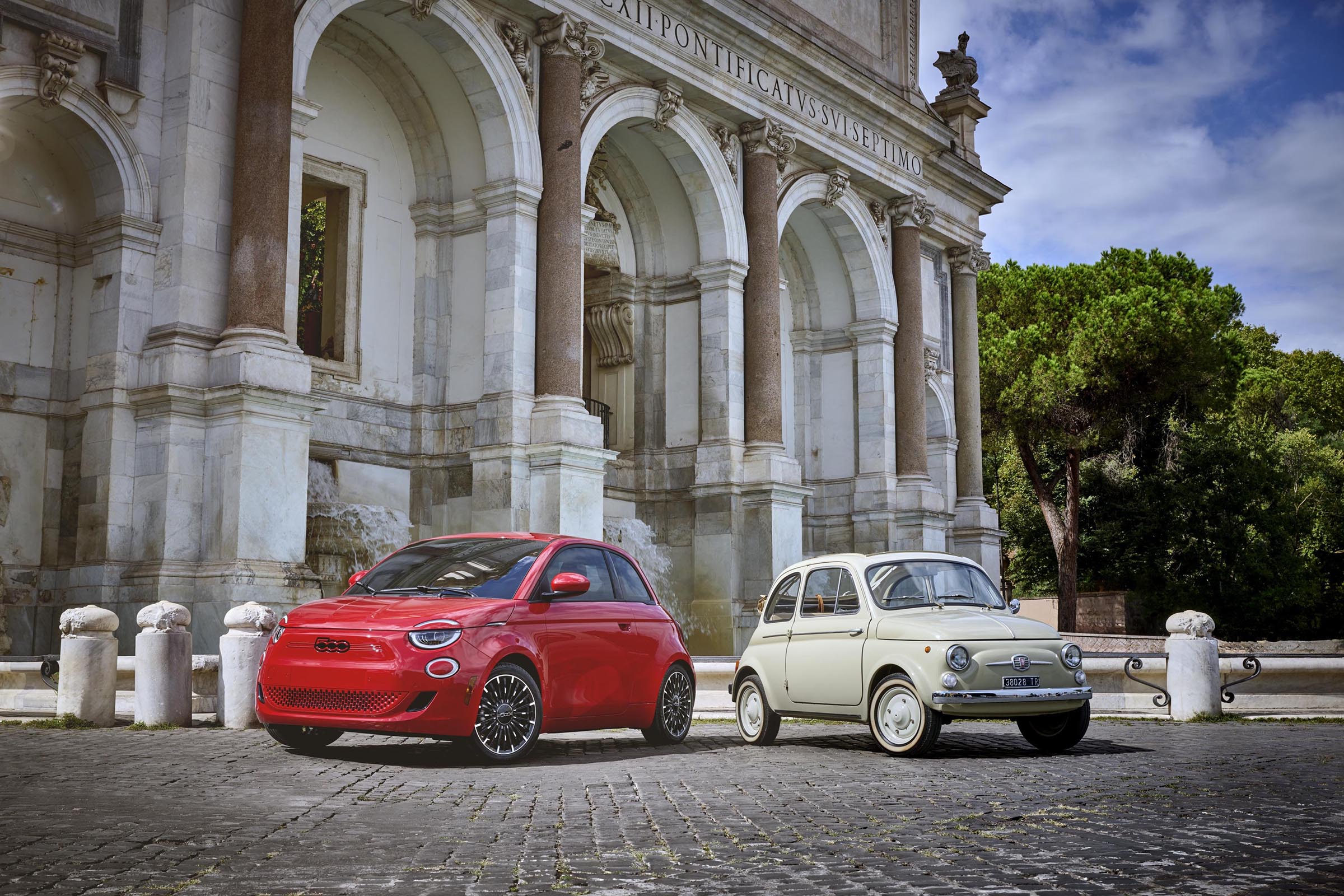
Stellantis hasn’t said which models will be first to get NACS plugs but it’s preparing to launch the all-electric Fiat 500, as well as a production version of the Dodge Charger Daytona shown, above.
Equally important, Tesla has spaced out its network so that motorists are never more than about an hour’s drive from a Supercharger, even in states like Montana, Wyoming and the Dakotas, places often described as “charging deserts” when it comes to finding stations equipped with the CCS and CHAdeMO plugs.
“Customers win when the industry aligns on open standards,” said Ricardo Stamatti, Stellantis SVP of global energy & charging. The move, he added in a statement, is “a milestone for all customers on the path to open and seamless charging.”
Still short
A milestone, perhaps, but there were still just 53,800 places EV owners can plug in around the U.S., at the end of 2023, and about 137,000 charging stalls. The Biden administration has called for 500,000 chargers by 2030 — and last month announced a $773 million support program. The vast majority of today’s chargers, meanwhile, operate at Level 2. They typically require eight hours or more to fully replenish a drained battery.
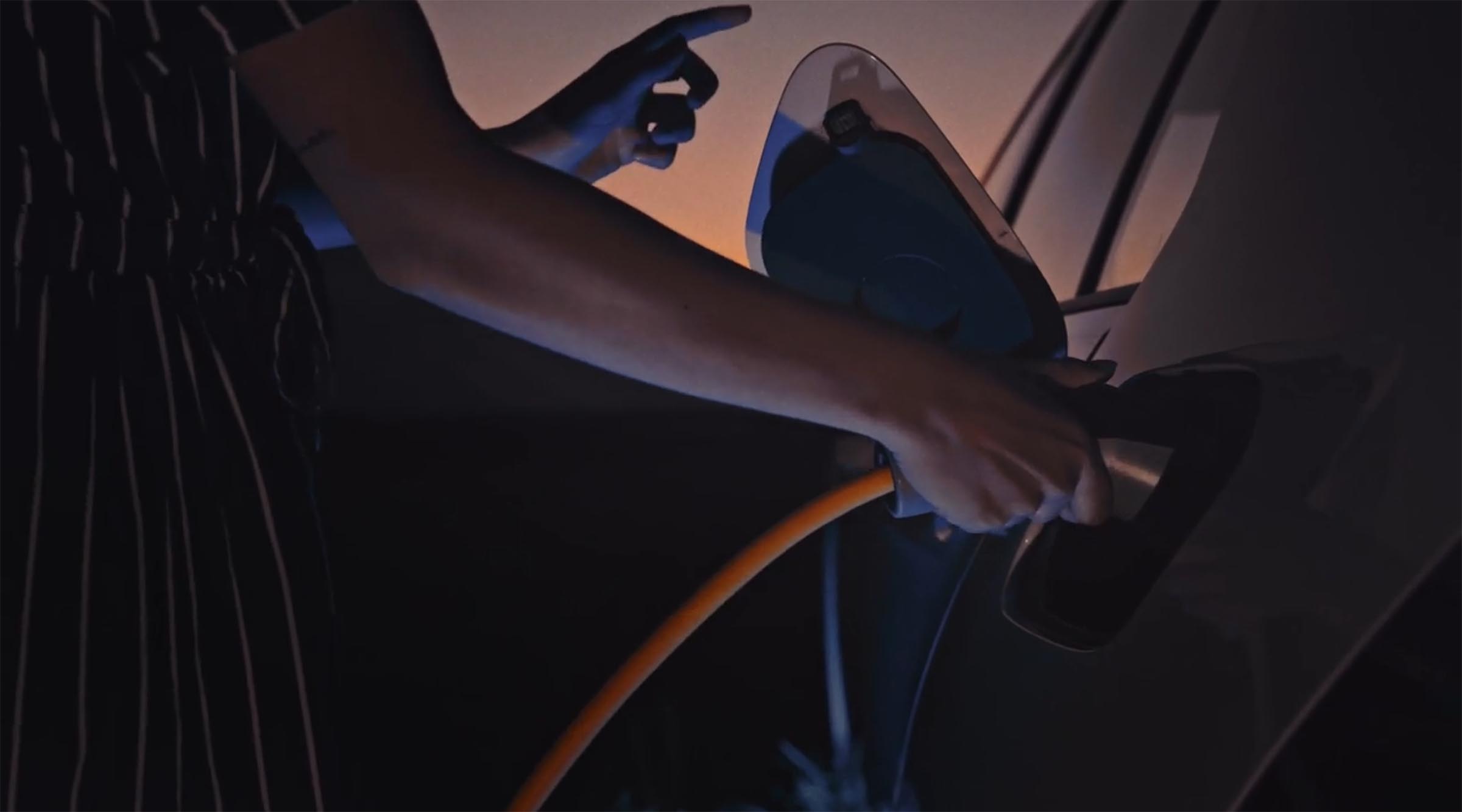
Ionna, a new charging company is a joint venture launched by seven major automakers. It will install plugs for both CCS and NACS.
Tesla has announced major expansion plans, as have a number of other charger operators like ChargePoint, EVgo and Electrify America. Last July, a group of seven automakers – BMW, General Motors, Honda, Hyundai, Kia, Mercedes-Benz and Stellantis – agreed to form a new partnership planning to install 30,000 chargers by 2030. Dubbed Ionna, the venture was officially launched this month.
More EV News
- Public EV chargers becoming a bit more reliable – but still in short supply
- Tesla Supercharger rival Ionna debuts
- Biden admin plows $773M into public charging projects
Will today’s EVs be left out?
While all but a handful of small U.S., European and Asian automakers now have agreed to adopt the Tesla NACS plug for use in North America, the switch will take several years to complete, various manufacturers have announced.
Last year saw U.S. EV sales top 1 million for the first time, according to Edmunds which estimated there are now about 2.4 million battery-electric vehicles in operation. Though sales growth has slowed in recent months, most analysts expect similar growth in 2024. The vast majority will still use the current CCS plug, with a declining number equipped with the oldest standard, Nissan having now abandoned CHAdeMO technology.
As a result, most charger operators plan to continue offering CCS plugs, at the least, while Ionna and some others will now add Tesla’s NACS. Tesla itself, will stick with its once-proprietary plug, however.
“During the transition period, Stellantis will also make adapters available for vehicles fitted with the Combined Charging System (CCS) port, enabling drivers to access” to start using Superchargers, the automaker said. Ford this month said it would soon make similar adapters available at no cost for “qualified” owners.
Thawing out from the deep freeze
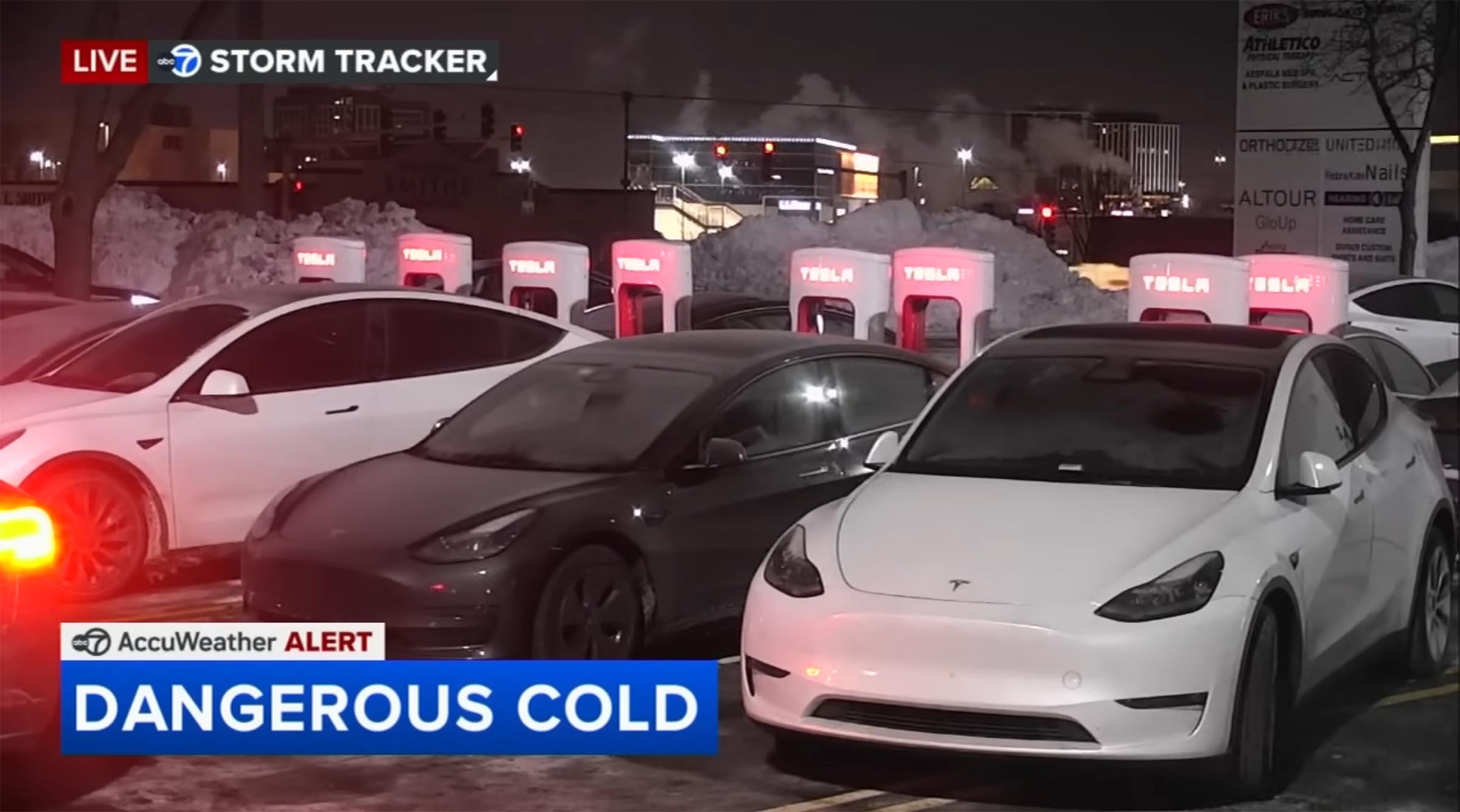
Tesla did run into reliability issues during the extreme cold snap in Chicago in mid-February. (Image courtesy: AccuWeather)
While the lack of a robust public charging network is considered a major roadblock to more widespread EV adoption, there are other challenges, namely poor charger reliability. How often chargers are out of service is a matter of debate. In a recent report, McKinsey said the figure was around 30% at any given time in the U.S. A separate J.D. Power study released this week estimated it was closer to 18% at the end of 2023, a slight improvement from earlier in the year.
The issue was hammered home by widespread reports of charging failures that occurred during recent cold snaps in Chicago and other Midwest communities. A number of EV owners reported that they not only couldn’t get Tesla Superchargers to work but that they then found the charger plugs frozen in place when they tried to disconnect.
Tesla this week announced it will use an over-the-air update to preheat the charging port on its vehicles when motorists use onboard navigation to route themselves to a Supercharger. Those vehicles already preheat their battery packs which helps boost both charging speed and the amount of energy the batteries can store.

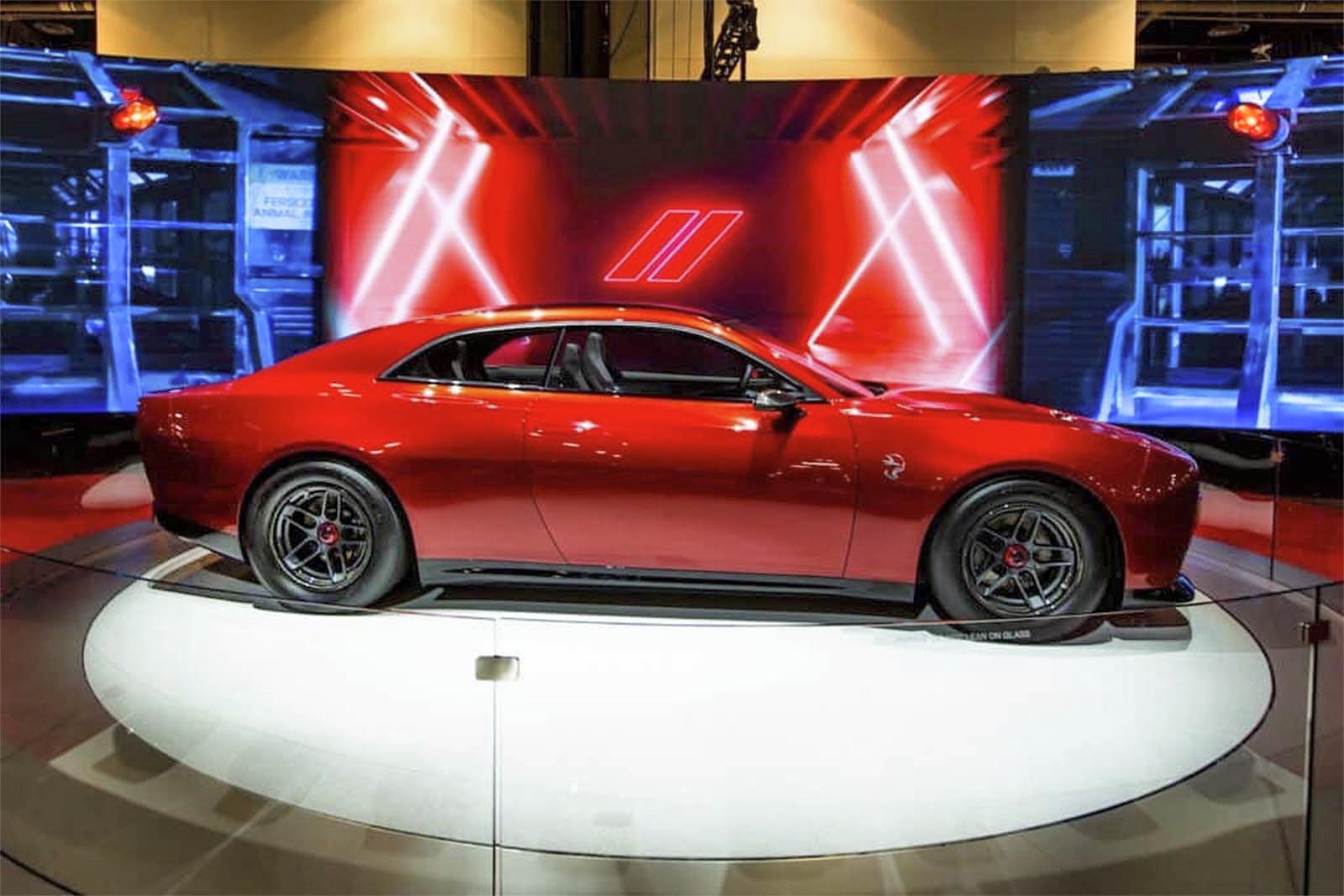
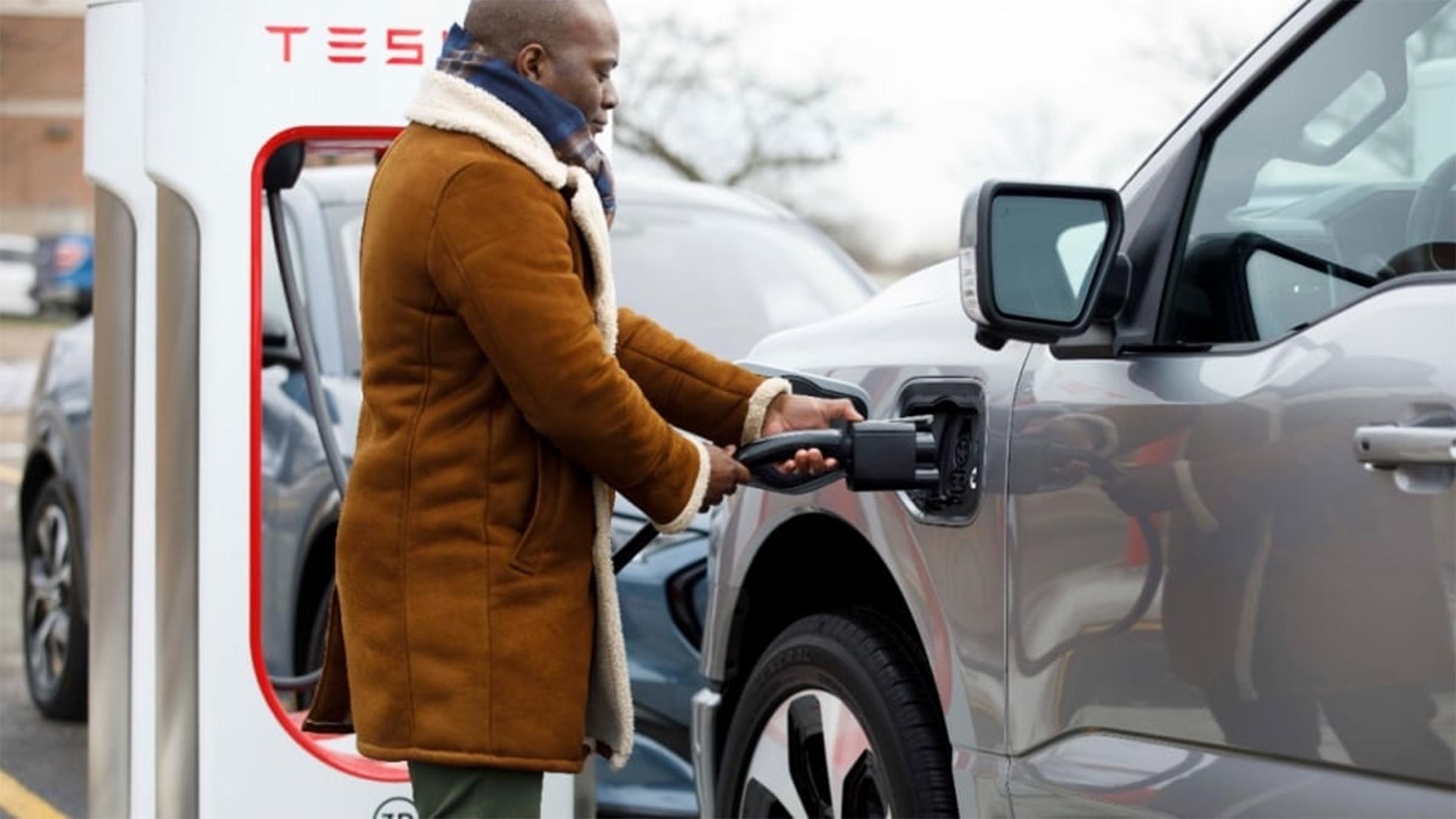
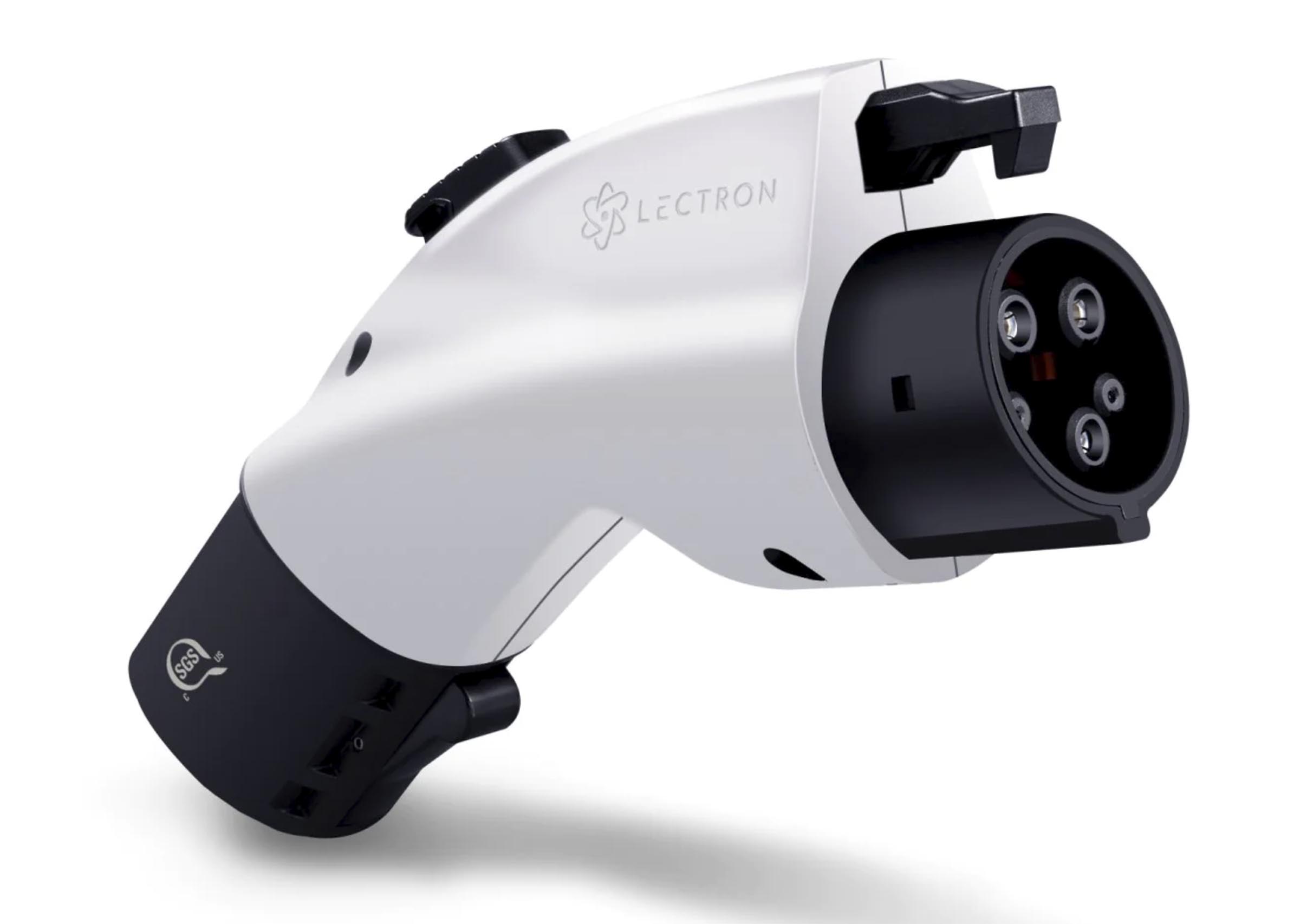
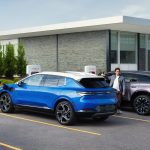
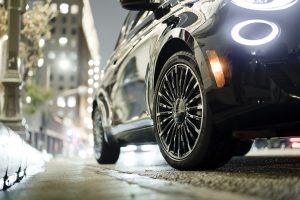

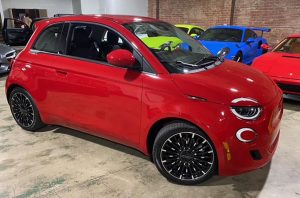
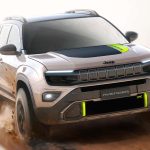
0 Comments